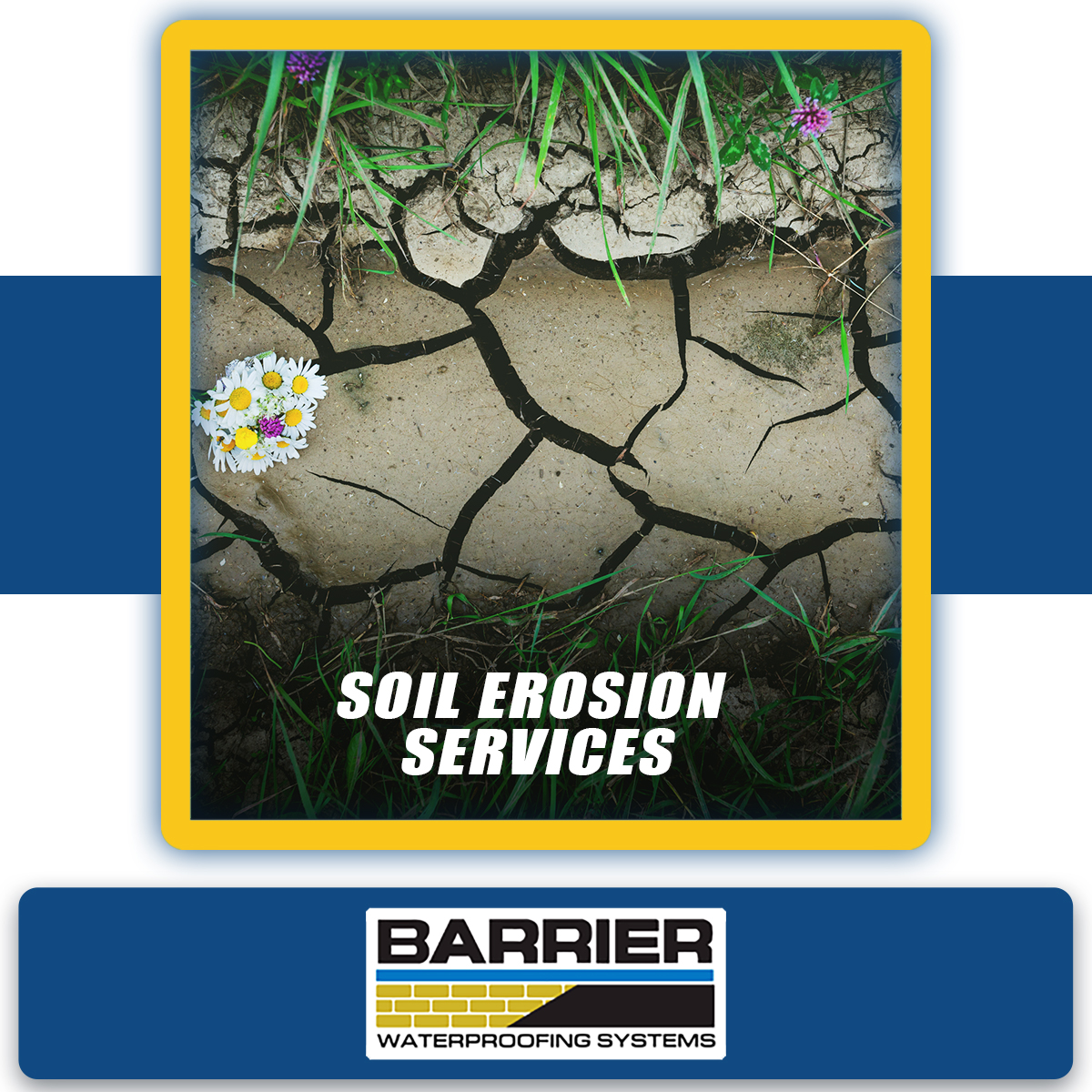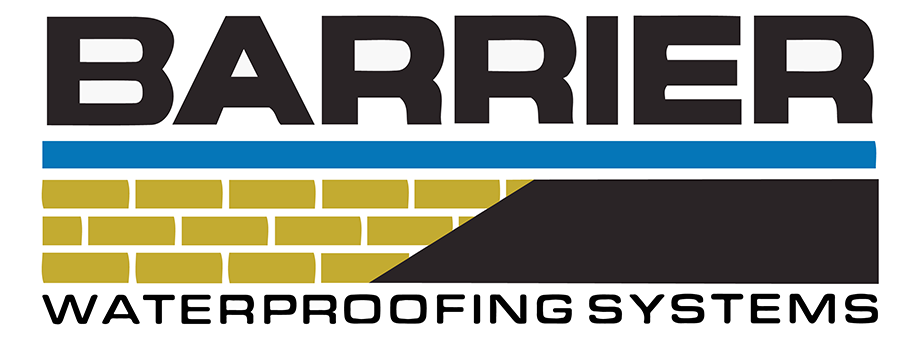Soil erosion can pose problems that lie deeper than how your lawn looks on the surface. The patchy grass and exposed dirt don’t look all that great, but the overall inconsistent and unmanageable effects of soil erosion are enough to drive any homeowner that is concerned about their lawn to look into a solution.
Aside from our professional erosion control services here at BARRIER, there are some simple measures you can take at home to help in your soil erosion efforts.
Erosion is the process of water or wind loosening your topsoil, and relocating it somewhere else as sediment. Land and slopes can be disturbed by defoliation and building construction. A great garden or front or backyard needs the soil to be built up to be protected from eroding away into streams and waterways. This will also help prevent the potential for dangerous mudslides. The list below will help point out some tips you can do at home to help.
First, you will want to determine the slope of the erosion-prone area of your yard or garden. A simple and fast way to get a good estimate of the slope for erosion control can be done with some pretty common items. You will need a steak, a hammer, a ball of twine, a tape measure, and a level. You might find a line level is best for the job. After locating the top of your slope, drive the stake deep into the ground. Then you tie your string to the post and have someone else pull it until it is taught. Then you hang a line level somewhere close to the middle of the line.
After this is done, you will need to measure the distance between the ground and your partner’s hand. This will grow taller with the slope, or the rise. Then you measure the distance between the stake and your partner, this is the run. The equation you will need to determine the slope is to divide the rise by the run and multiply it by 100.
Determining the slope for erosion control is important to determine how to solve it and with what materials. For slopes that are lower than 33%, you will want to use various mulches, rocks, and grass. Mulch is a preferred option for gardens since it also doubles as being beneficial for growing as well as soil health. As little as a two-inch spread of mulch will be able to help lessen erosion. Taking these measures will help your soil from being washed away in a winter storm.
If you have a slope that exceeds 33% and is below 50%, using some more resilient materials is important. Coco mats, burlap, and jute netting and sheeting are some of these materials. There are also special erosion control seed mixes and foliage such as shrubs that will also help. The nettings are made of natural fibers that will work well with the health of your soil and hold the soil as they gradually decompose. For maximum results, use a seed mix before laying down your netting, rolling it out over the seed mix, and securing it with ground staples. Planting shrubs, etc. in holes in the netting is also an option.
For slopes that exceed 50%, you will need to enclose them with a retaining wall. This will keep your soil held back from eroding into rivers or streams. As your local professional erosion control experts, BARRIER recommends choosing services like ours to assist you with your poor soil conditions or sloping issues. Our excavation and grading equipment will help us serve you to achieve a much more manageable yard situation and prevent erosion at the source for good. Give us a call at (615) 257-1060 | (931) 536-1168 for an evaluation of your situation and to determine how to best solve the problem.

